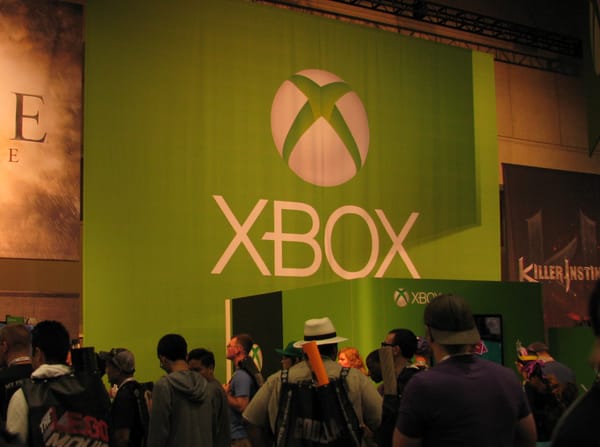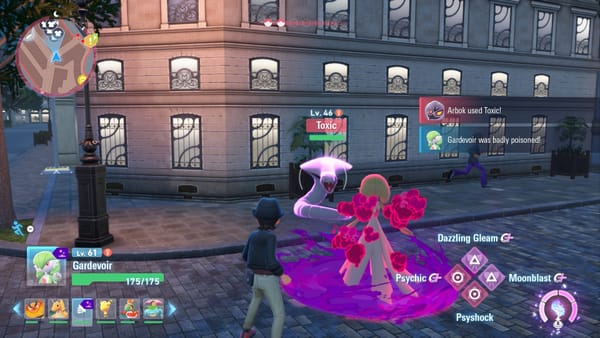Nintendo Classics vs Sega Forever
A new front in the eternal war.
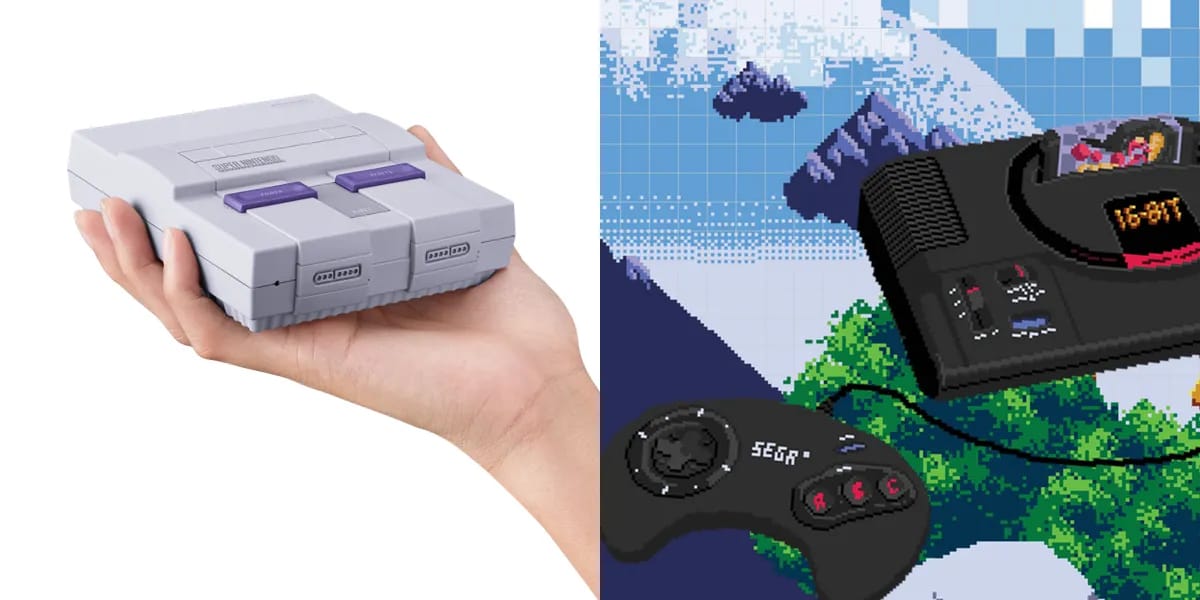
Two weeks, two legendary game companies, and two very different ways to play classic video games.
Nintendo is following up last year’s NES Classic with, you guessed it, the SNES Classic: A mini version of the console that plugs directly into the TV and includes 21 games for $80.
The week before, Sega unveiled Sega Forever: A series of classic games on smartphones and tablets, playable for free with ads or ad-free for $2 each.
The mature thing to do would be to realise that these are two distinct products from two very different companies. But it’s hard not to compare the two, because Sega’s plan of bringing classic games to smartphones is exactly what people have demanded Nintendo do for years.
Of course, being Sega, they appear to have botched the launch:
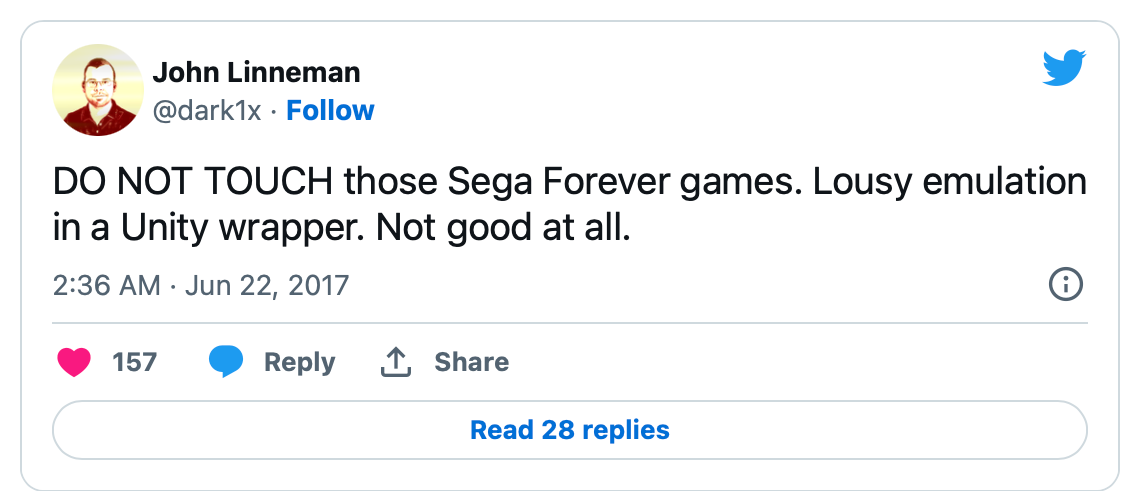
Technical issues aside… I don’t like playing classic games on smartphones.
Look, I get the appeal: It’s a device that’s always with you, you play games on there anyway, these are great games, and some classic games are not easily available (legitimately, not talking emulators here).
But that ignores that smartphones and consoles are two completely different platforms. What works for one does not necessarily work for another.
I tried Sonic the Hedgehog on my iPhone. The ad-supported free option sounds great… but those ads are really annoying. There’s a 30 second ad between each stage in Sonic 1. And remember, early stages in Sonic 1 can take less than a minute to complete. Going from 30 second ad to playing for 45 second stage to another 30 second ad is maddening.
And it just isn’t the same game when you’re controlling Sonic by sliding and tapping virtual controls on a touchscreen. Most classic console games were designed for the precision and feedback of a controller; without it, the games just don’t feel right.
But the feel is what the NES and SNES Classic mini-consoles are all about.
The funny thing is that Sega, in a way, actually beat Nintendo to this. Mini Genesis consoles have been around for years; but they were sub-par licensed products.
Nintendo’s classic consoles are official products, and it shows. The NES Classic comes with a fairly comprehensive selection of games — and the SNES Classic’s lineup is virtually perfect. (Chrono Trigger is arguably the only major omission.)
Of course, Nintendo’s approach has drawbacks. It’s more expensive than Sega’s smartphone games, you’re paying for games you might not want, and you can’t add new games with time. Being a physical object, there is a finite number of them – as anyone who tried, and failed, to buy a NES Classic can attest to.
But being a physical object instead of an app is also one of the best things about the NES and SNES Classics. By selling you a console that looks virtually identical (if much smaller) than the original, by giving you controllers that look and feel like the originals, Nintendo is triggering your nostalgia before you’ve even started playing. Hell, even the box art is identical to the originals.
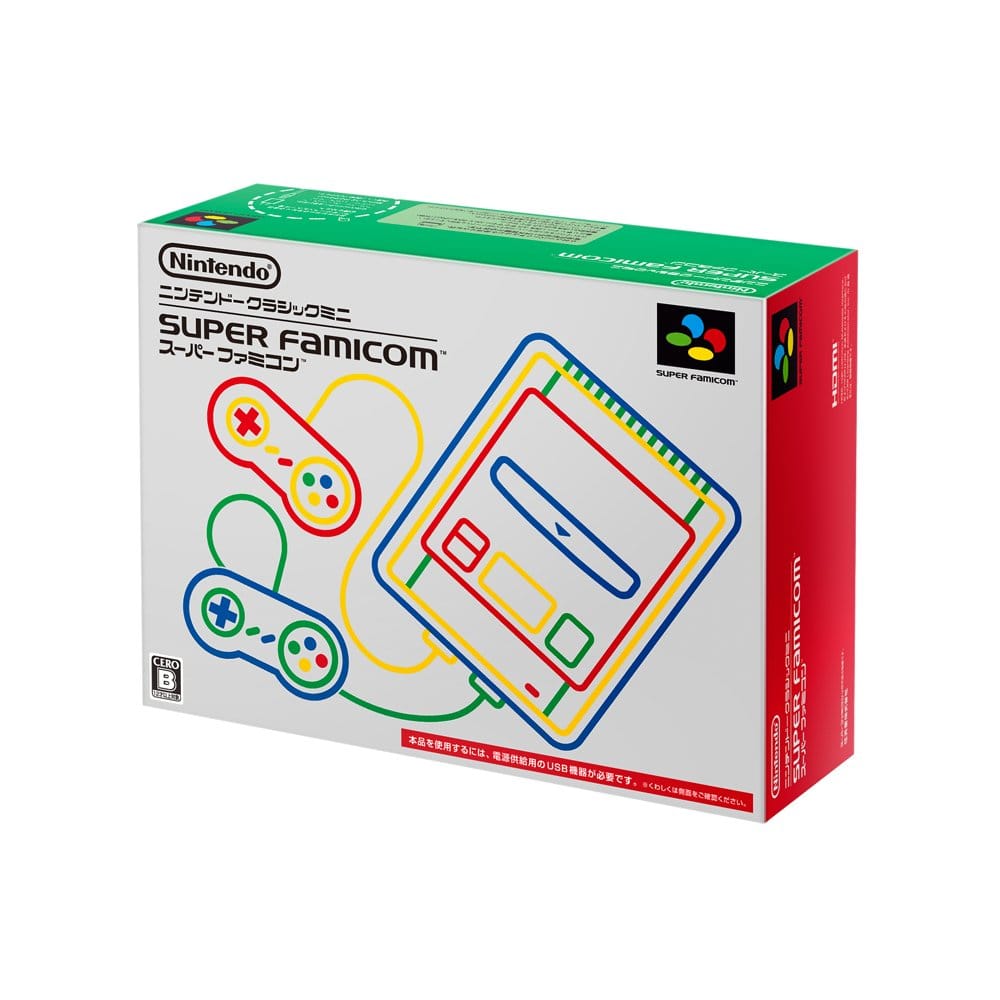
This is is about more than just playing old games. How many of those 30 NES Classic games did people play for more than a few minutes?
It’s more about the memories, the experience; taking you back to that place you were when you encountered these games for the first time.

I downloaded Sega Forever’s Sonic the Hedgehog. I played it for a few minutes. I probably won’t touch it again.
But when an old friend came over, I took out the NES Classic, and we sat on the floor in front of the TV, holding the same controllers we used to, playing Contra together just like we did almost 30 years ago.
The game itself is only one part of the retro experience. Nintendo’s classic consoles get this; Sega Forever, sadly, does not.



